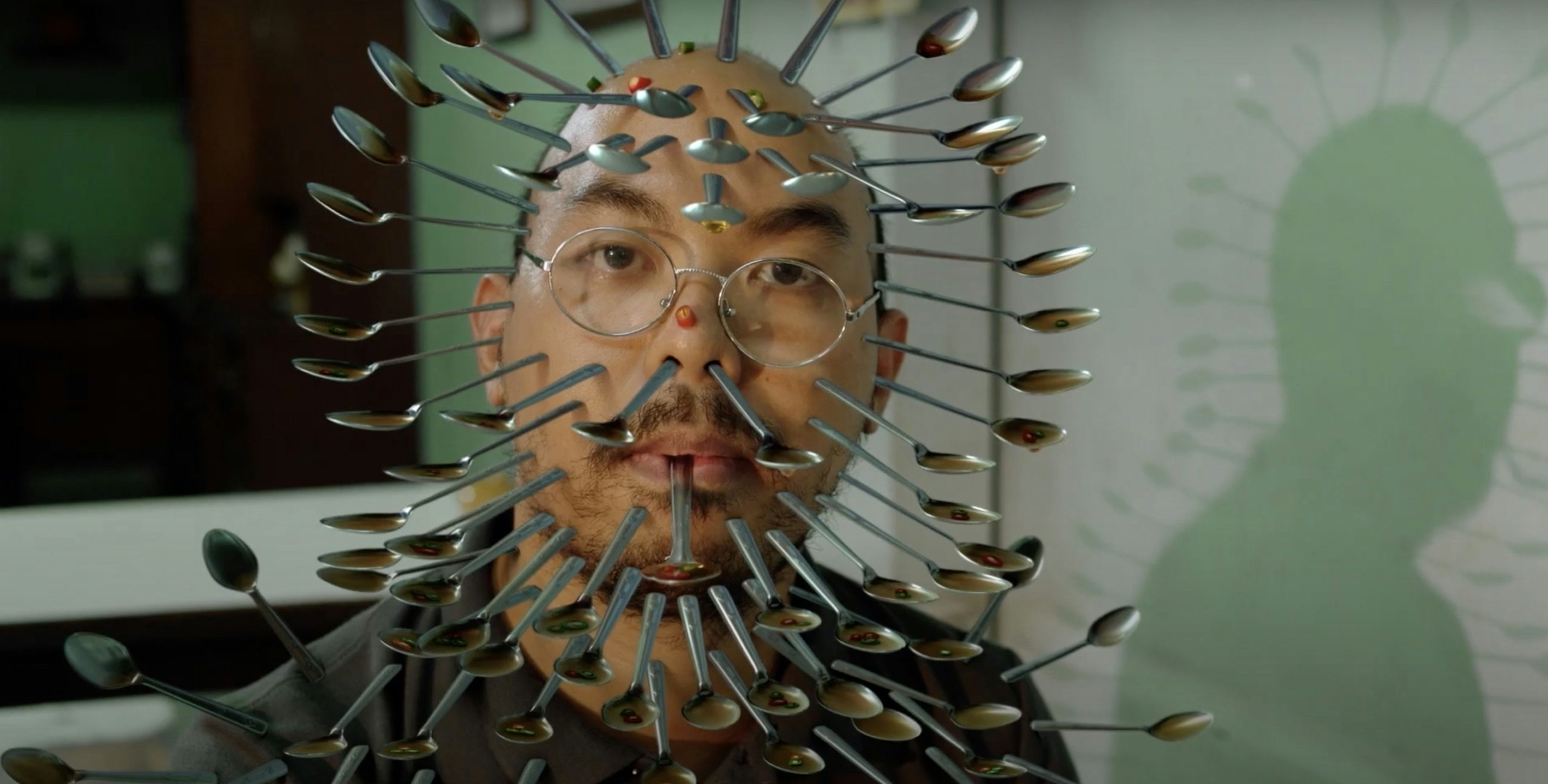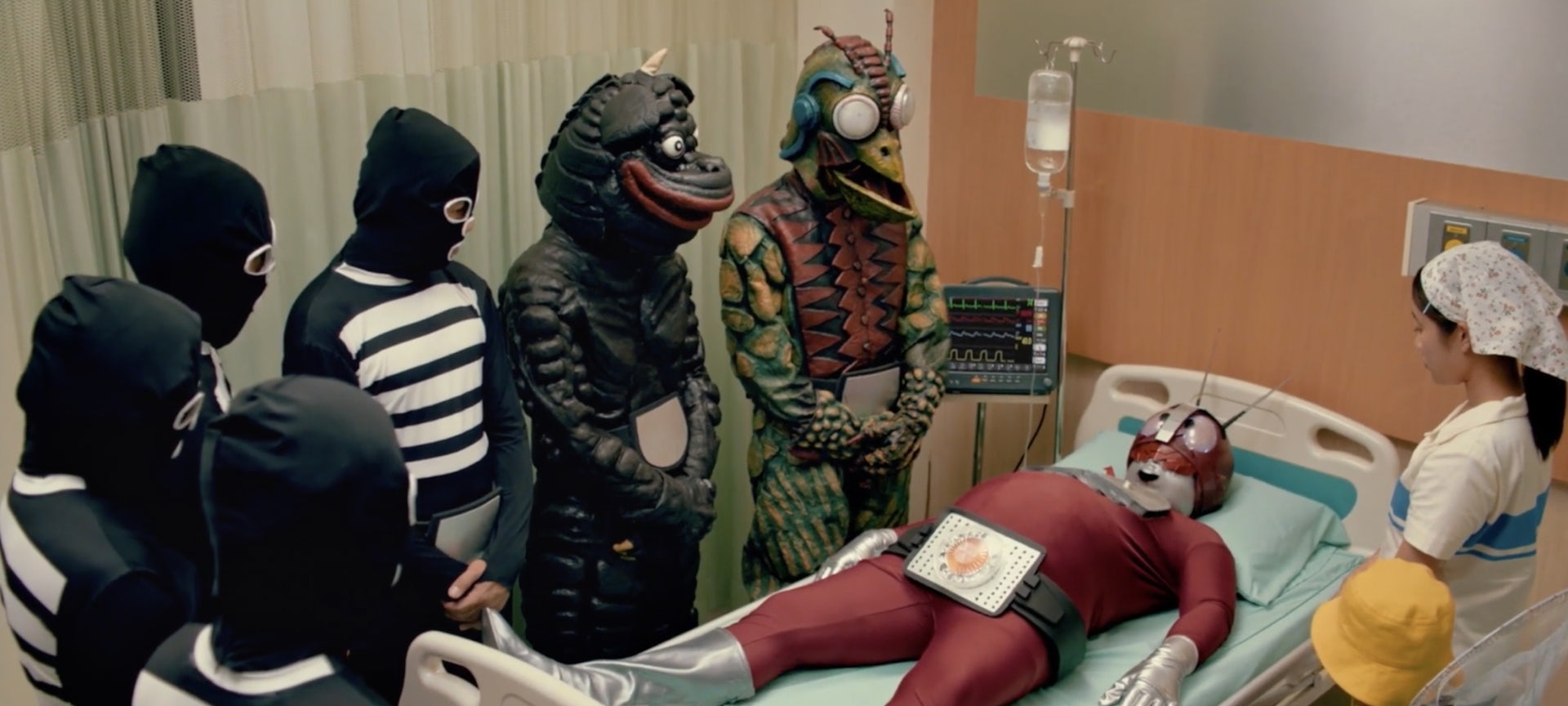Why humour is a serious business in Thai advertising
Thai commercials are much loved for their wit and surreal humour, though there’s more going on than just laughs, says Thiti Boonkerd, deputy ECD at Leo Burnett Thailand
For decades now, Thailand’s advertising has been a byword for comedy, due to a stream of ads that have gone viral around the world for their quirky humour and unexpected storytelling. These ads are no cheap laughs, however – at the heart of their success, says Leo Burnett Thailand’s Thiti Boonkerd, lies a lot of craft.
“Comedy is serious business here,” Boonkerd explains. “For me, it’s not just about coming up with a very funny gag — that’s only the start. The beauty is mainly about how you tell it: the setup, the build-up, when to pull the rug, how you make it come back to the product. They’re all connected.
“I personally think Thai people are funny because our real life is no funny business,” he continues. “Our lives are struggles – sometimes it’s hard to get through life. Thai people find ways to ‘laugh it off’ in tough situations — to release stress, to remind ourselves that there’s always a funny side. It’s our kind of coping mechanism.”
Boonkerd does point out that while Thai ads are best known for their humour, the wider picture is that Thai audiences simply want to see emotion in their ads. “Do Thai people prefer comedy? In reality it’s not true,” he explains. “I think Thai people, mainly we are emotional. We love commercials that make us feel – whether it made you laugh or made you cry. I think we have a very high emotional standard.
“I always recommend that clients make people feel good with the brand,” he continues. “You don’t have to rush to sell how good you are, you have to make them feel something first.”
As we are seeing in the UK right now, where humour has definitely made a comeback in ads after a decade of more earnest, purpose-driven work, the resurgence of comedy in Thailand could also be seen as a trend. “We create every range of commercial,” says Boonkerd, “but what’s got picked up recently is humour. But if you go back maybe ten years ago, you’ll see a lot of tearjerking commercials that always make you cry.”
Among Leo Burnett Thailand’s comedic offerings lately are a series of spots for credit card firm Krungsri First Choice which focus on the speed of the brand’s service, in ever more wild and ludicrous ways. The agency has also produced a number of amusing spots for the Thai Health Promotion Foundation, which address dietary issues that may go unrecognised in food (such as an excess of salt or sugar) through unusual means.
The most recent spot featured a superhero story with a twist. “The brief was to make a commercial to raise awareness and what we did was a film about a superhero, Antman,” says Boonkerd. “So we had this story about how every time after he fought the villains he had to come back to his mini mart to have his drink and in the end it’s a twist that the real villain is the drink.”
Mainly we are emotional. We love commercials that make us feel – whether it made you laugh or made you cry. I think we have a very high emotional standard
While health is a serious topic, humour was chosen to articulate the client’s message due to its ability to reach a wide demographic. “From the perspective of clients, they want to communicate it to everyone from the rich to the not so rich,” says Boonkerd. “I think comedy is a language that cuts through every class.”
While Thai ads have a heritage of cinematic, long-form ads that are often career-building for those who direct them – with Boonkerd citing directors such as Un Wuthisak, Ter Nawapol, or the legendary Tor Thanonchai as those “who can shape the work into totally different flavours of comedy” – as with the rest of the world, social media and creators are making an impact on the Thai industry.

“I think the social media era influences a lot in terms of storytelling,” he says. “It certainly changes how brand teams view and judge creative works. I don’t blame them, though, because they’ve always been told by the platforms and the media about how we should begin the video, how long the story should be, when the product should show up etc. But as creatives and creators, we all know that, at the end of the day, a great story is a great story … and there’s no ‘secret recipe’ for it.”
Boonkerd’s strategy is to try and work in collaboration with creators and influencers, in order to make sure that clients can access this new talent but also get the campaign ideas they need. “You have to find ways to collaborate, because there’s some clients that go directly to creators and the results can [vary],” he says.
“I think they are masters at their own style of content, but the clients always have specific demands and requests, so I think the best style is when we have the brief and we have the creative idea and we cooperate with them to make the best work.”
Boonkerd also points out that there is never a strict formula with what will chime with audiences, so it would be an error to automatically turn our backs on the past. “The funny thing is, if you search on YouTube with keywords ‘funny Thai commercial’ right now, you’ll see hundreds of hilarious commercials with amazing storytelling — from the pre-social media era,” he says.
“Some were made 20 years ago. Some were four minutes long. And these videos have millions of views. There was no one telling them about algorithms or drop-off rates when they made these commercials, was there?”




